This post is about Dals, which are lentils rich in protein. They are important for vegetarians. India has a different types of dals, and it is difficult to track them.
Here I talk about the different types of dals:
Toor dal
Toor dal is a split pulse. It is a staple food in the Indian subcontinent and popular South Indian cuisine. Toor dal is commonly used to prepare various Indian dishes such as sambar, rasam, kootu (poriyal), thakkali saaru, upma, etc. It is also an important ingredient in chutney powders and an essential part of preparing Pongal during harvest festivals in South India.
Moong dal
Moong dal is also known as green gram or mung bean. It is a member of the legume family and a good source of proteins and fiber. Moong dal can be used in various recipes, including soups, stir-fries, salads, pakora (batter-based fritters), dumplings, and chutney. It can be eaten on its own as well. The dish that uses moong dal extensively is called ‘sabzi,’ which means vegetables in the Hindi language. However, moong dal is also made into different dishes like kadhi (yogurt curry), kurma (curry), pulao (rice casserole), etc.
Masoor dal
Masoor dal is one of the most popular dishes in Indian cuisine. It’s a delicious, healthy lentil you can use to make soups, stews, and curries. Masoor dal is a staple in Indian food, so it’s no wonder that it has so many health benefits.
You should know that masoor dal is also red or pink lentils. This type of legume has its own set of health benefits:
- They’re an excellent source of protein for vegetarians
- They contain high levels of iron and folate (vitamin B9), which are essential minerals for women who are pregnant or breastfeeding
- They may help prevent heart disease by lowering cholesterol levels
Chana dal
Chana dal is a yellow split chickpea native to India and Pakistan. It’s an important part of Indian cuisine and is used in a variety of traditional dishes such as dal curry (a type of stew), bhajis (tempura-style fritters), and kheer (rice pudding). Chana dal has been cultivated for at least 4,000 years.
It’s made by splitting the skin of the legume and then washing it until all the starch has been removed. The resulting product contains no fat or oil and is therefore good for those on low-fat diets.
Chana dal provides protein and fiber, making it more filling than other legumes like lentils or beans that are made up mainly of carbohydrates without much else besides fiber content — meaning you’ll feel full for longer after eating chana dal than some other types of bean products if you’re watching your weight!
Urad dal
Urad dal is a lentil type with a strong flavor and is used in many Indian dishes. It is also known as black gram. This dal can be found in the produce section of most grocery stores.
Conclusion
Now that you’re familiar with the different types of dals and their benefits, you can start incorporating more of them into your diet. Knowing the different varieties will ensure you make informed choices when selecting your next dal recipe on Pinterest or a dal dish at an Indian restaurant.
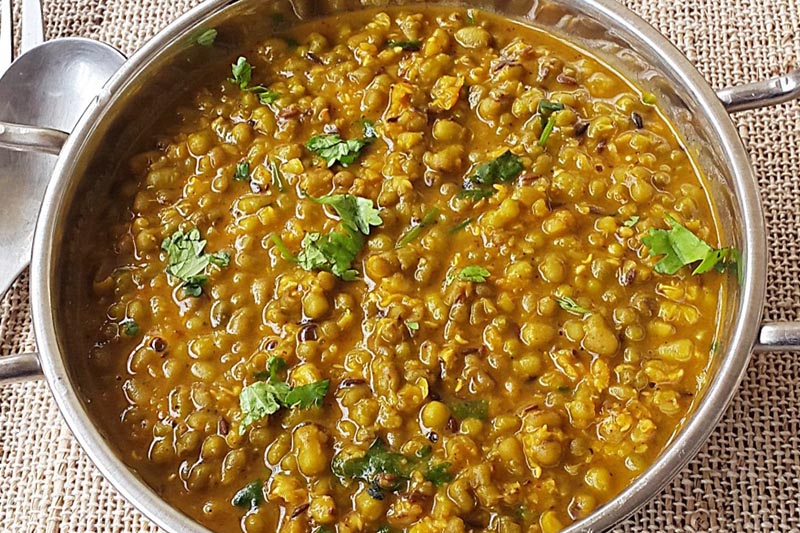
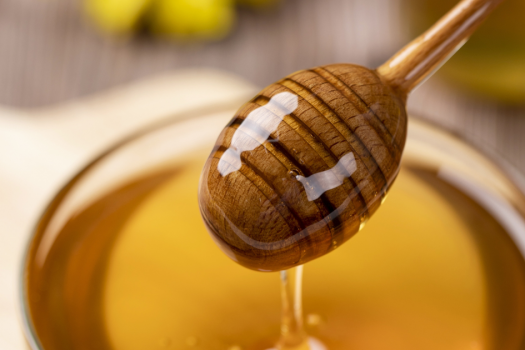
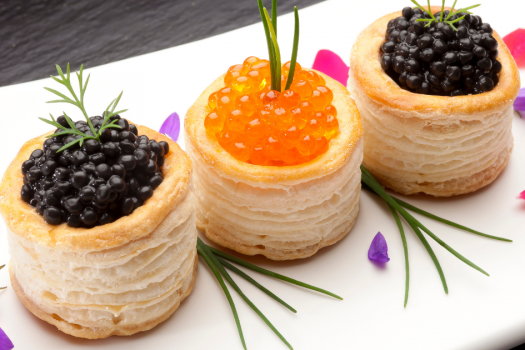



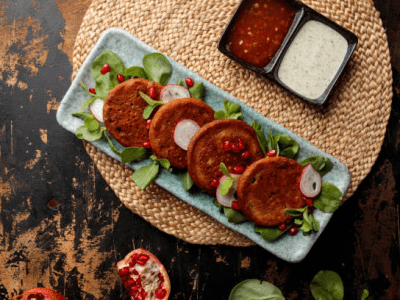
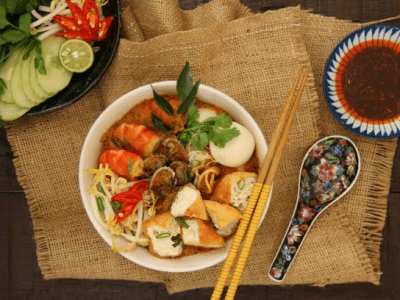
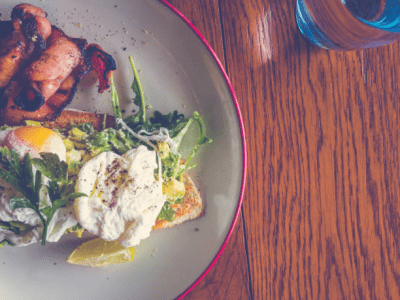

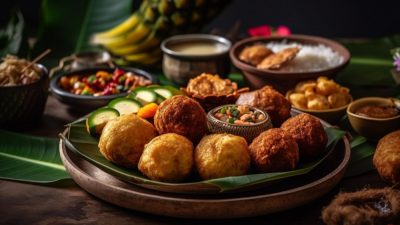
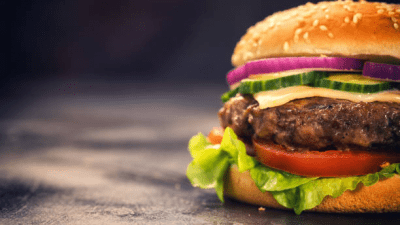

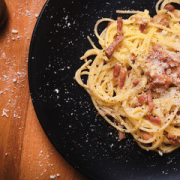
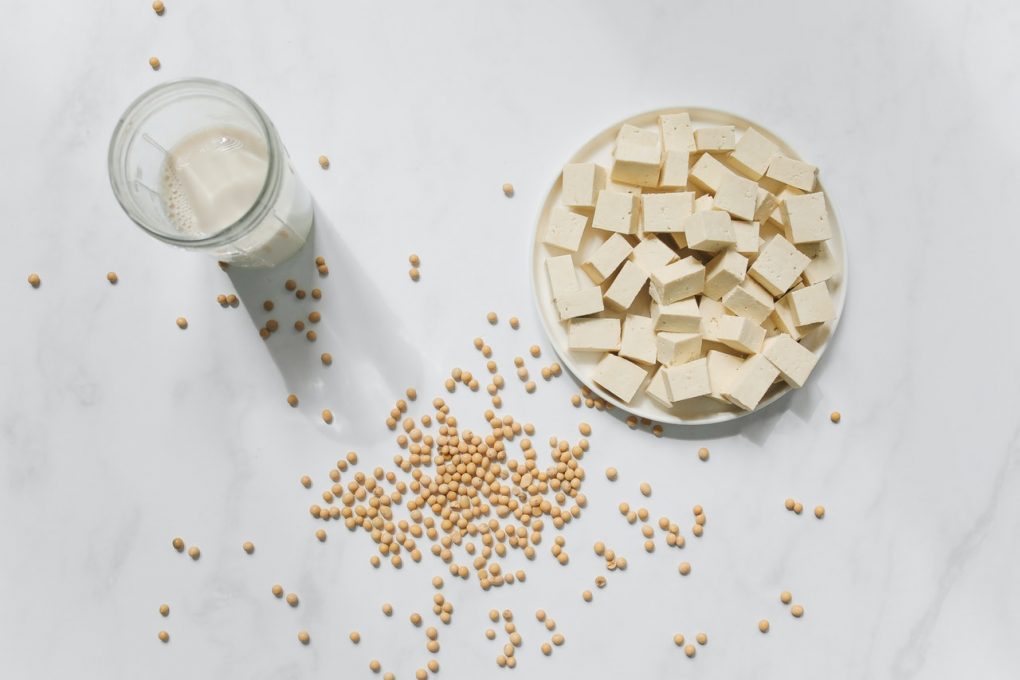


we want to submit article in your site